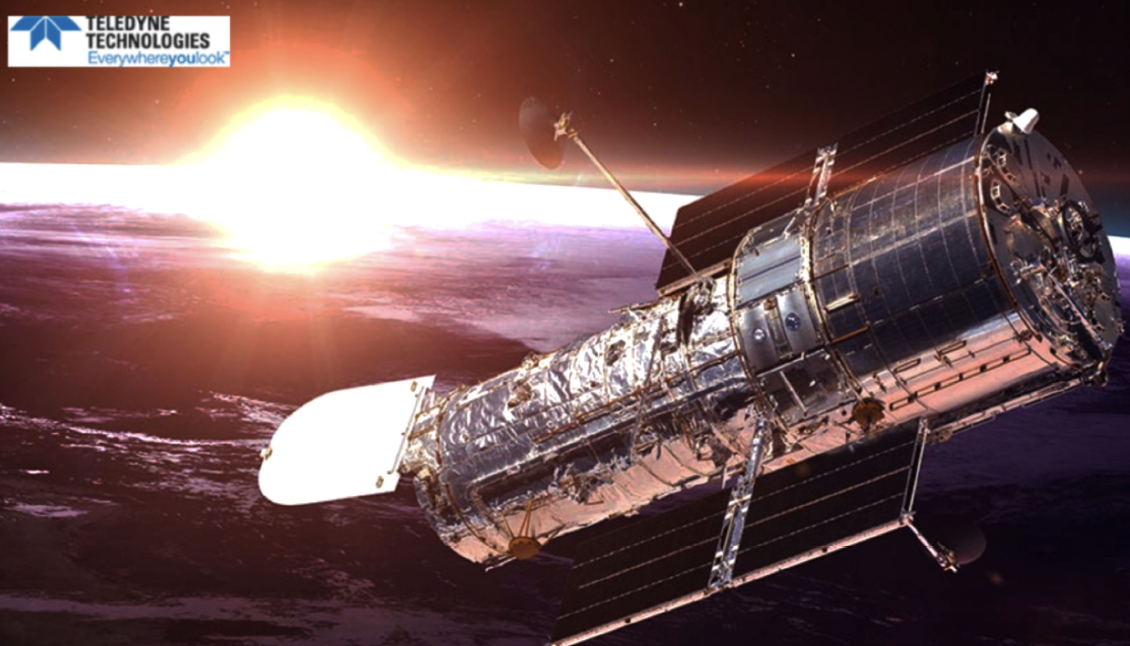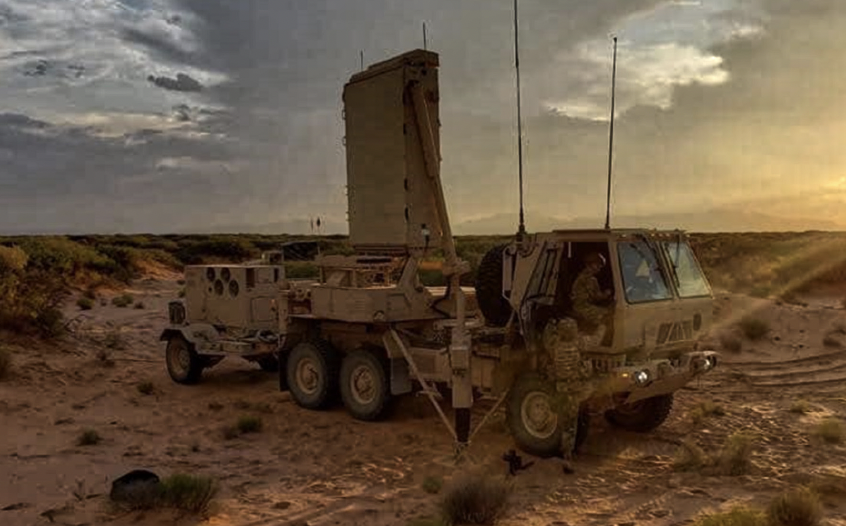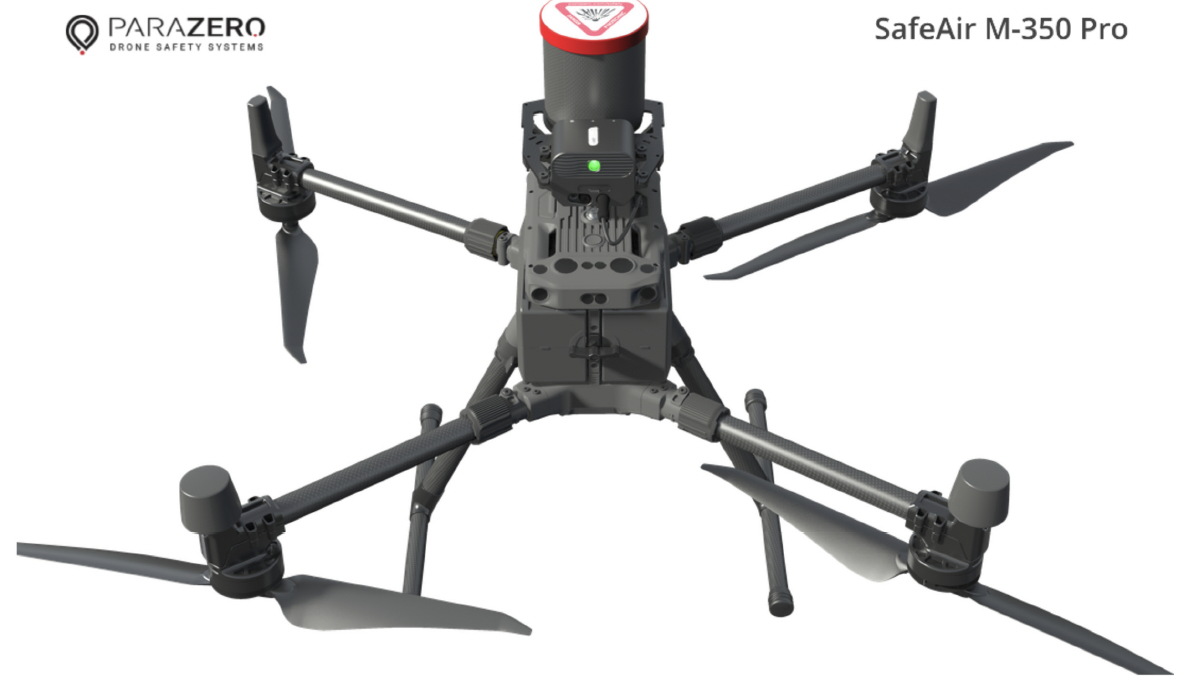Teledyne delivers 100th infrared detector for the SDA’s Tracking Layer
Teledyne Technologies Incorporated (NYSE:TDY) earlier this month announced the company’s on-time and early deliveries for the Space Development Agency’s (SDA) proliferated constellation with the delivery of the 100th large format focal plane module, counting deliveries from the Tranche 0, Tranche 1, and now Tranche 2 tracking layers.

Mission Sensors: The global tracking layer relies on infrared payloads to analyze threats from orbit. Teledyne’s configurable manufacturing line delivers radiation-hardened, high-sensitivity sensors to meet threat detection requirements. These multi-megapixel resolution arrays significantly improve threat detection accuracy, and form part of the fire control countermeasures system against hypersonic weapons.
Proven Expertise: Teledyne’s track record includes delivering space-grade focal plane arrays for prestigious instruments such as the James Webb Space Telescope, The European Space Agency’s Euclid dark matter telescope, and the Nancy Grace Roman space telescope. Defense related deliveries, though often classified, encompass over a dozen successful missions. In addition to focal plane arrays, Teledyne will supply electronics and other components for the Proliferated Warfighter Space Architecture (PWSA) campaign.
Meeting space imaging needs across the spectrum: Counting infrared as well as visible CMOS and CCD sensors sourced from Teledyne’s DALSA and e2v businesses, the corporation has supported more than 260 total space missions, while close coordination across the global enterprise enables Teledyne to service emerging space imaging needs worldwide.
A new paradigm for the space focal plane industry: “Five years ago, no one thought the focal plane technology could keep up with SDA’s aggressive schedule, but our team innovated ways to meet the new paradigm,” said Megan Tremer, President of the Space Imaging business. “As more proliferated constellations enter the planning and acquisition phases, Teledyne remains focused on scaling operations to maximize capacity, yield, and performance. Our proven track record and dedication to performance position us as the ideal partner for these critical missions.”
USSF selects L3Harris to continue modernization of the ATLAS Space Domain Awareness program
L3Harris Technologies (NYSE: LHX) has received a $90 million follow-on, sole-source contract from U.S. Space Force Space Systems Command to further advance the nation’s Space Domain Awareness (SDA), a top Department of Defense priority.

The USSF selected the company to develop, integrate and deliver a package of astrometric tools that will increase the capability of the Advanced Tracking and Launch Analysis System (ATLAS), which integrates all SDA, space command and control (C2), intelligence, operational and system readiness-relevant data to help drive course-of-action development and decisions.
This new continuation contract will modernize C2 by increasing the speed, accuracy and relevancy in tracking satellites and space debris.
The ATLAS modernization will improve the Space Force’s ability to avoid operational surprise and ensure warfighters can quickly and accurately respond to emerging anti-satellite threats.
For more than 30 years, L3Harris has provided mission-proven solutions for the nation’s space superiority mission to protect assets and increase warfighter readiness.
“We recognize Space Domain Awareness is critical to the Space Force and is essential to defending vital national interests,” said Ed Zoiss, President, Space and Airborne Systems, L3Harris. “Our work on the ATLAS program will enhance space operations and will help prevent adversaries from disrupting, degrading and destroying U.S. space capabilities.”
Lockheed Martin: Securing America’s Southern Border
Lockheed Martin (NYSE: LMT) has successfully integrated its AN/TPQ-53 multi-mission radar (MMR) with the Joint Task Force – Southern Border (JTF-SB) command and control systems in an operational environment, supporting U.S. Northern Command’s (USNORTHCOM) southern border mission.

The AN/TPQ-53 MMR’s open architecture design allows seamless integration with a variety of sensors and systems, providing a unified operational picture. This flexibility enables the system to quickly incorporate new capabilities and cutting-edge software, ensuring service members have the necessary tools to respond to emerging threats before they can adapt.
“The successful integration of the AN/TPQ-53 MMR in the southern border deployment showcases the power of collaboration between industry, government agencies such as the Department of Defense’s Chief Digital and Artificial Intelligence Office and end-users in addressing complex challenges,” said Rick Cordaro, Lockheed Martin’s vice president and general manager of Radar Sensors and Systems. “The AN/TPQ-53 MMR’s proven performance and reliability have earned it a reputation as a trusted asset, and its open architecture design ensures it will remain a vital component of USNORTHCOM’s mission to actively work with Customs and Border Protection to secure the southern border,” Cordaro continued.
The USNORTHCOM southern border mission demands the capability to detect and track various threats, ranging from airborne to ground-based threats. The AN/TPQ-53 MMR is built to address this demand, offering agile and precise 360-degree scanning that can be deployed in under five minutes. The system identifies rapid threats, such as unmanned aerial systems , enabling service members to swiftly detect and respond with agility.
This integration with the JTF-SB follows recent demonstrations Northern Strike and Desert Guardian 1.0 highlighting AN/TPQ-53’s ability to quickly adopt software updates and meet urgent national security priorities.
http://www.lockheedmartin.com/en-us/capabilities/radar-sensors.html
ParaZero received 1st order under ABOT-PZ, the companies newly lauched SafeAir brand that is supported by CE Class C5 certification
ParaZero Technologies Ltd. (Nasdaq: PRZO) has received its first order from the strategic partnership that the company recently announced that it entered into with ABOT, one of France’s largest drone distributors of advanced drone solutions for various industries.

This partnership was established as part of the company’s effort to expand the availability of its SafeAir™ parachute recovery systems in the French market. Under this new collaboration, ABOT will become an official reseller of ParaZero’s SafeAir products in France, with the two companies jointly launching a new brand, ABOT-PZ SafeAir, to align with local market preferences.
ParaZero’s SafeAir system is a state-of-the-art drone safety solution designed to enable safe and legal drone operations in urban and high-risk environments. The system features an autonomous parachute deployment mechanism, real-time monitoring and advanced failure detection, ensuring a controlled descent in the event of an emergency. SafeAir provides a critical safety layer for commercial drone operations, supporting compliance with global aviation regulations.
The collaboration was made possible by ParaZero’s recent regulatory achievement of the CE Class C5 certification, a key regulatory milestone that unlocks significant growth opportunities in the European market. This certification allows ParaZero’s SafeAir system to be integrated into drones seeking approval for specific operational risk assessment (SORA) scenarios under the European Union Aviation Safety Agency (EASA) framework, facilitating safer and more scalable drone operations in Europe.
ABOT has placed its first order under the new agreement—the partnership is expected to accelerate the adoption of drone safety technologies in various sectors, including industrial inspections, emergency response and urban air mobility.


